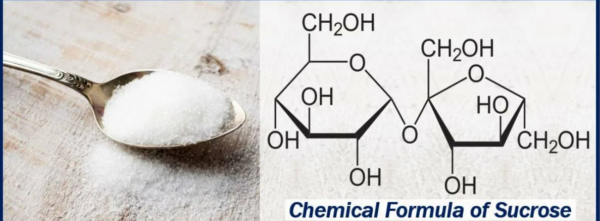Introduction:
Phosphodiesterases (PDEs) are a fascinating group of enzymes that play a pivotal role in regulating cyclic nucleotides within cells. By controlling the levels of cyclic adenosine monophosphate (cAMP) and cyclic guanosine monophosphate (cGMP), PDEs serve as crucial modulators of many cellular processes. In this blog post, we will explore the significance of phosphodiesterases and highlight key points about their functions, diverse subtypes, and potential applications in therapeutics and drug development.
Understanding Phosphodiesterases:
Role in Signal Transduction:
Phosphodiesterases act as signal termination enzymes by hydrolyzing the phosphodiester bond in cAMP and cGMP. Through this action, PDEs regulate the amplitude and duration of intracellular signaling mediated by these cyclic nucleotides. By controlling cAMP and cGMP levels, PDEs influence vital cellular processes such as gene expression, cell proliferation, smooth muscle relaxation, and neurotransmission.
Diverse Subtypes:
Phosphodiesterases comprise a large family of enzymes with distinct biochemical properties and tissue distribution. Currently, 11 PDE families (PDE1-PDE11) have been identified, each exhibiting unique substrate specificities and regulatory mechanisms. The different PDE subtypes are localized in specific tissues and cellular compartments, allowing for precise control of cyclic nucleotide signaling in various physiological contexts.
Therapeutic Implications:
Phosphodiesterases have immense therapeutic implications due to their involvement in numerous diseases and disorders. Manipulating PDE activity can modify cyclic nucleotide levels and downstream signaling, offering potential targets for drug development. For instance, PDE inhibitors are widely used in the treatment of erectile dysfunction, pulmonary arterial hypertension, and chronic obstructive pulmonary disease. Selective PDE inhibitors also show promise in neurological conditions, cardiovascular disorders, and certain cancers.
Potential in Precision Medicine:
The specificity and tissue distribution of PDE subtypes make them attractive targets for precision medicine approaches. By selectively targeting particular PDE isoforms, it becomes possible to modulate specific cellular pathways and minimize off-target effects. This precision could lead to personalized therapies tailored to individual patients, optimizing treatment outcomes and reducing side effects.
Emerging Research and Future Directions:
Ongoing research on PDEs continues to shed light on their roles in various cellular processes and disease states. Further understanding of the intricate mechanisms underlying PDE regulation and activity may uncover new therapeutic opportunities. Additionally, exploring the crosstalk between PDEs and other signaling pathways could provide insights into novel drug targets and combination therapies.
Conclusion:
Phosphodiesterases, as master regulators of cyclic nucleotides, are vital players in cellular signaling and offer promising avenues for therapeutics and drug development. The diverse subtypes of PDEs, their tissue-specific functions, and the potential for targeted and precision medicine make this field of research highly intriguing. As we delve deeper into the complexities of phosphodiesterases, we can expect further advancements that will undoubtedly contribute to our understanding of cellular signaling, disease mechanisms, and the development of innovative therapies.
#phosphodiesterases #PDEs



